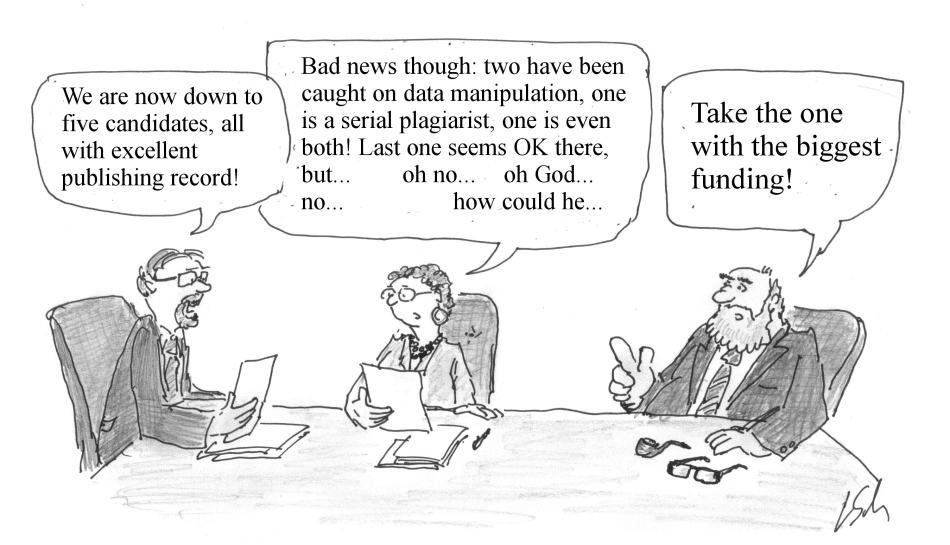The study, commissioned by the agency, acknowledged the difficulty in forecasting the benefits of research backed by the the state program, which is unprecedented in California history. But the report said,
"We find that nearly half of Californians aged 50 and older will develop diabetes during their lifetime. Furthermore, more than one-third will experience a stroke, and between 5 and 8 percent will develop either breast, colorectal, lung, or prostate cancer.
"Taking into account the high prevalence and the social and economic burden of these diseases, an intervention that reduces the incidence of these selected cancers, diabetes, and stroke by 50 percent would generate almost $900 billion in social value between 2018 and 2050.
"A more modest 10 percent decline in incidence translates to $175 billion in social value during the same period. Put in this context, the CIRM investment would be worthwhile if it increased our chances of success even modestly. Against the billions of dollars in disease burden facing California, the relatively small initial investment is already paying dividends as researchers work to bring new therapies to patients."
The agency, known formally as the California Institute for Regenerative Medicine (CIRM), was created by voters in 2004, who provided it with $3 billion. It has yet to fund a product that is widely available to the public. However, the agency is involved in 56 clinical trials, which are the last stage before a treatment is certified for widespread use.
CIRM expects to run out of cash for new awards by the end of this month. It hopes that a proposed initiative for the November 2020 ballot will provide it with an additional $5.5 billion.
Today's report, titled "Future Health Dividends for California," and its companion study last week on the agency's economic impact are likely to be significant topics during the 2020 campaign.
The 22-page study came up with a "social value" calculation using the Future Elderly Model -- "a microsimulation model of health and economic outcomes for older Americans." Basically it involves quality of life outcomes as well as more straight forward financial projections. The study also lays out its methodology and limitations including an acknowledgement that the projections are not guaranteed.
Today's report and last week's economic study cost CIRM a total of $206,000. The work was performed at USC's Leonard D. Schaeffer Center for Health Policy & Economics. The authors are Bryan Tysinger, Karen Mulligan, Henu Zhao, Alwyn Cassil and Dana Goldman.
Here is a link to an item on the CIRM blog about the study.
Here is a link to an item on the CIRM blog about the study.











